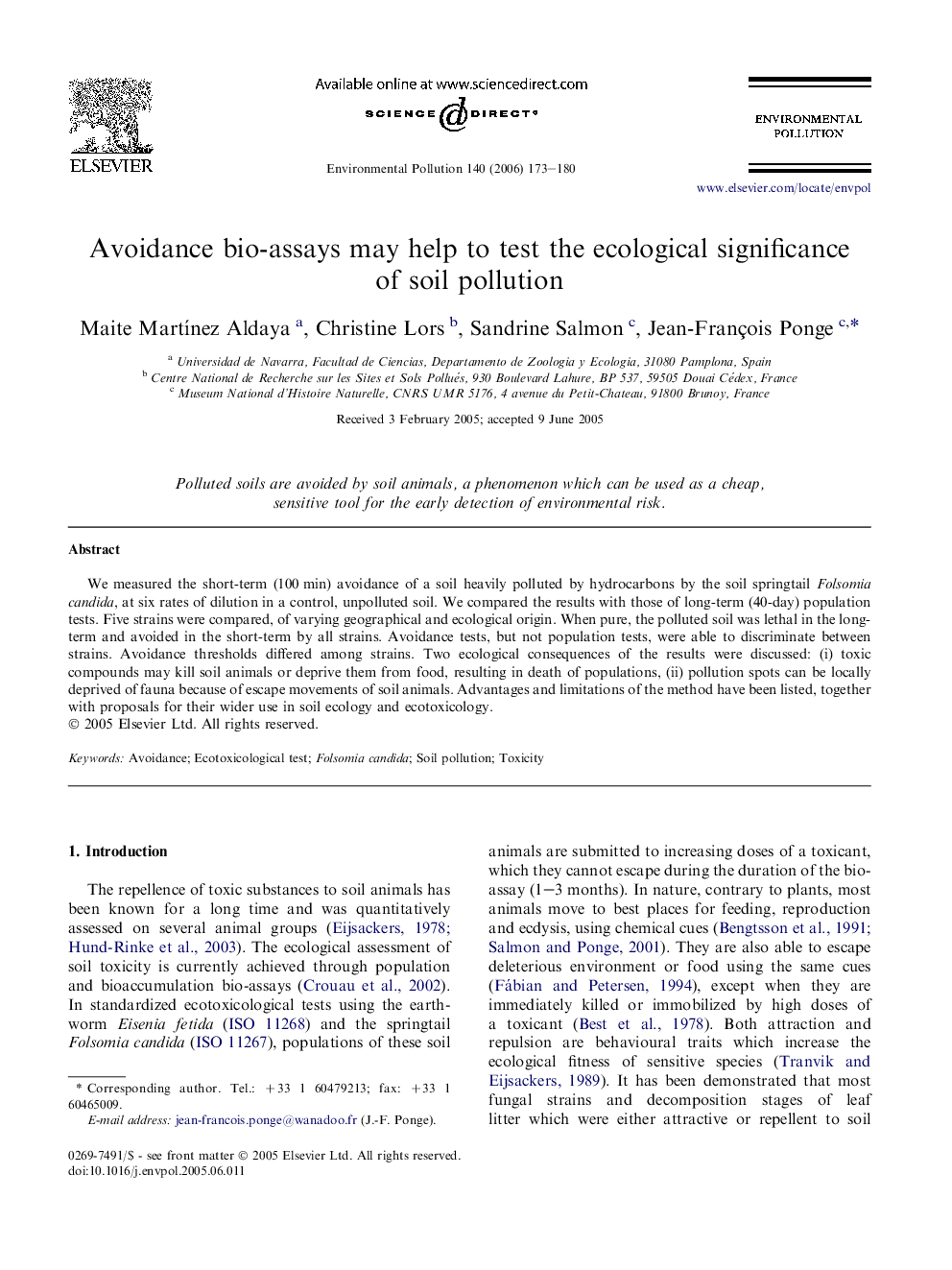| Article ID | Journal | Published Year | Pages | File Type |
|---|---|---|---|---|
| 4428043 | Environmental Pollution | 2006 | 8 Pages |
We measured the short-term (100 min) avoidance of a soil heavily polluted by hydrocarbons by the soil springtail Folsomia candida, at six rates of dilution in a control, unpolluted soil. We compared the results with those of long-term (40-day) population tests. Five strains were compared, of varying geographical and ecological origin. When pure, the polluted soil was lethal in the long-term and avoided in the short-term by all strains. Avoidance tests, but not population tests, were able to discriminate between strains. Avoidance thresholds differed among strains. Two ecological consequences of the results were discussed: (i) toxic compounds may kill soil animals or deprive them from food, resulting in death of populations, (ii) pollution spots can be locally deprived of fauna because of escape movements of soil animals. Advantages and limitations of the method have been listed, together with proposals for their wider use in soil ecology and ecotoxicology.
